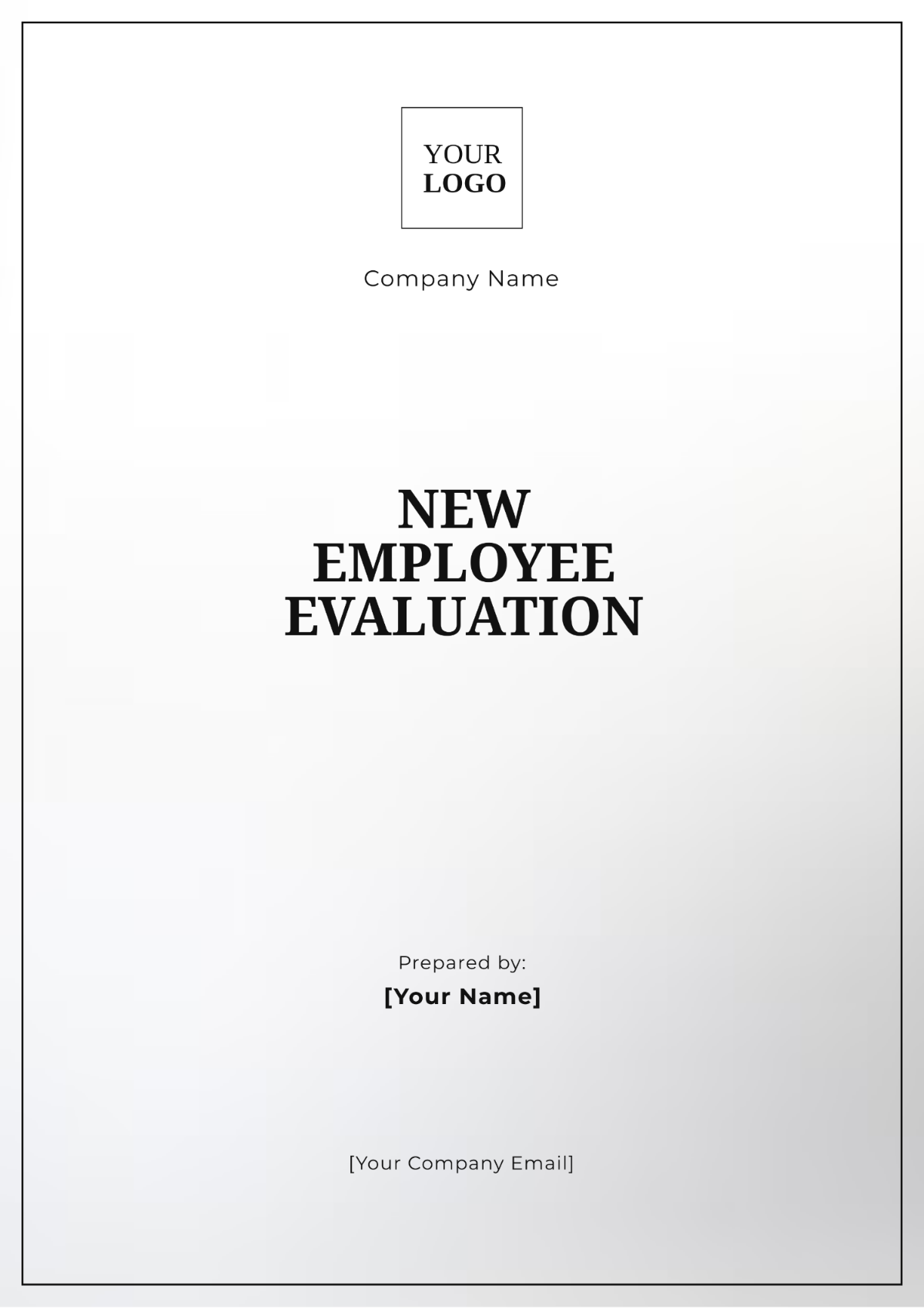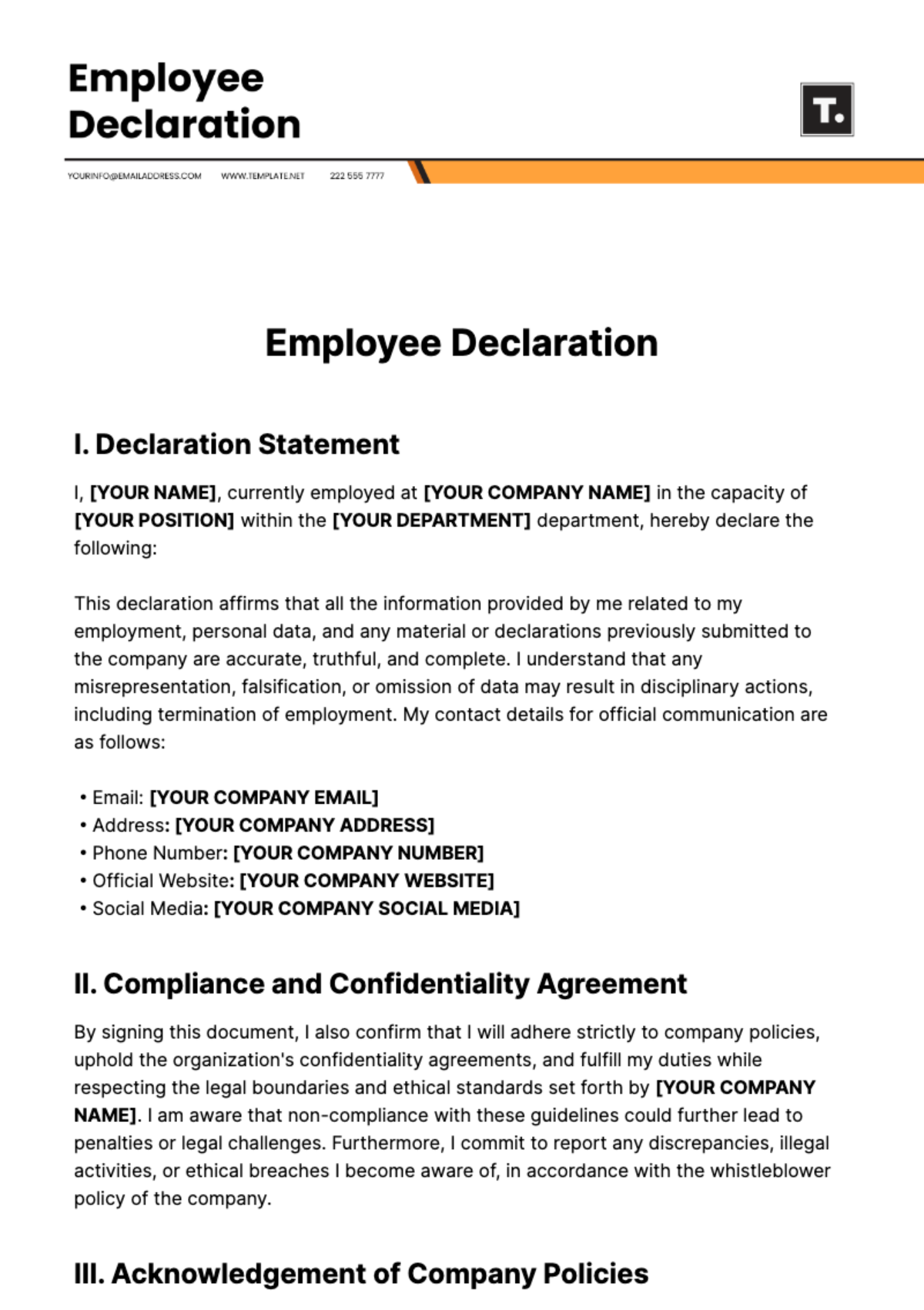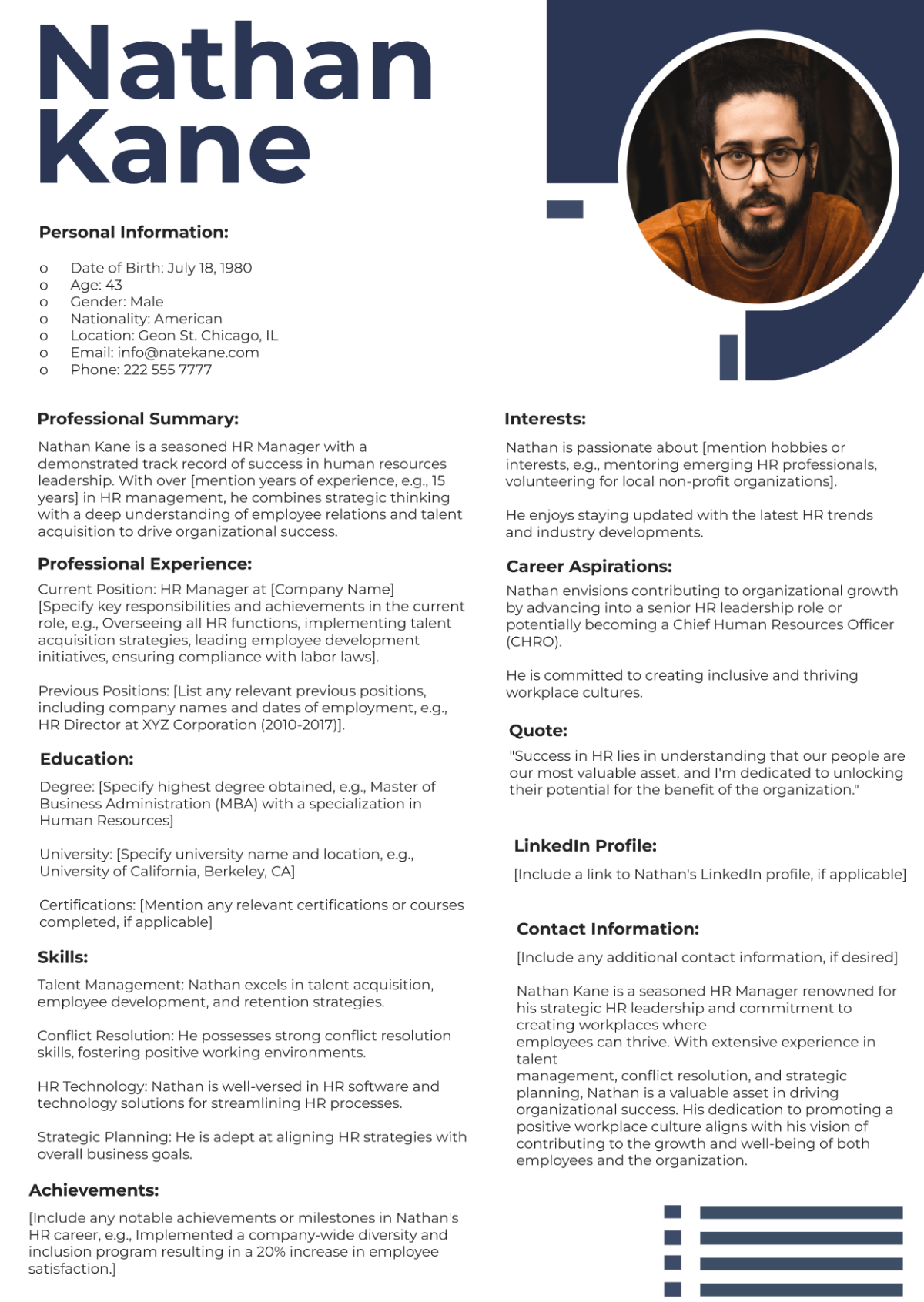Free Legal Framework for Employee Benefits and Perks HR
Introducing our Legal Framework for Employee Benefits and Perks HR Template! Simplify the complexities of employee benefits compliance with this comprehensive solution. Crafted by legal experts, it ensures your company adheres to all regulations, providing peace of mind and a competitive edge in attracting and retaining top talent. Streamline your HR processes today!






























